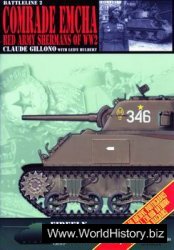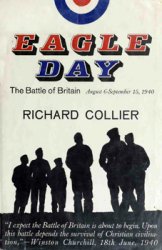Gunpowder originated in China, and probably reached western Europe in the 13 th century. Firearms as well as larger artillery were being used in western Europe by the 14th century, and the price of gunpowder dropped significantly after it could be manufactured in Europe. This decreased cost was one reason that larger artillery guns became feasible near the turn of the 14th century. By 1409, the duke of Burgundy had a cannon that could shoot stones weighing up to 900 pounds. One of the famous artillery pieces of the 15th century was the iron “Mons Meg” made in Flanders, with a bore diameter of nearly 20 inches (on display today in Edinburgh). The amount of gunpowder required to fire such a cannon was prodigious, meaning that a single piece of artillery could normally use more than 100 pounds of powder during a siege. By the mid-15th century, military commanders had devised a system of utilizing smaller firearms to provide covering fire while gunpowder was repacked in the firing chamber by the artillery crew. Firearms were used in conjunction with artillery as well as with more traditional weapons and were especially effective in siege warfare. The Hussites, for example, devised a weapon known as the Wagonburg in which a group of soldiers firing arquebuses fought alongside archers with crossbows. Gunpowder led to new battle tactics, different types of armor, and finally, lethal warfare such as the world had never witnessed. In 1620 the philosopher Francis Bacon claimed that gunpowder was one of the major agents of change in Western society. Between 1400 and 1600 the manufacturing of firearms and their use in warfare altered not only technological processes but also the political face of Europe.
FIREARMS
There were no standards for ammunition or for the caliber of guns. Certain general statements can, how-
Handbook to Life in Renaissance Europe
Ever, be made concerning several aspects of firearms. Gun barrels gradually became longer, the size of the charge increased, the highest-quality firearms were made of cast bronze, and forged iron was used for smaller, cheaper weapons. Cast-iron technology was only beginning in Europe during the Renaissance. Obviously, a firearm cast in one piece was safer and more reliable than one forged in several parts. New field tactics developed to maximize the power and noise of firearms, even though the trajectory of their projectiles was somewhat unpredictable. The “Swiss Square” battle formation, for example, was a mass of soldiers with long pikes grouped in a solid square, with groups of soldiers on two sides armed with arquebuses. Until ballistics improved considerably during the 17th century, soldiers with firearms usually were complemented by soldiers equipped with traditional handheld weapons. In Renaissance warfare, except in very close-range firing, soldiers did not take aim at a specific individual. They simply fired toward the enemy, hoping to hit someone. More often than not, their shots went awry.
ARTILLERY
Artillery discharged with gunpowder was a much more effective weapon than small firearms during this period. In the Bohemian civil wars during the early 1420s known as the Hussite Wars, small cannons played an important role in the decisive victory of rebel forces. Fear of Hussite advance spurred Germany to focus on the manufacture of firearms and to incorporate artillery in military planning. French artillery became famous across Europe when it ended the final phase of the Hundred Years War, and Span-

1.2 Double-barreled wheel lock pistol of Charles V, c. 1540-45. Made by Peter Peck, Munich, Germany. (The Metropolitan Museum of Art, gift of William H. Riggs, 1913 [14.25.1425])
Ish cannons drove the Muslims out of Granada in 1492. To military strategists at the beginning of the 16 th century, artillery was clearly the key to future conquests. Warfare changed considerably during the 16th century, especially field warfare fought in the open, and cavalry gradually ceased to be an important component of warfare. The Italian Wars, fought between 1494 and 1559, were a testing ground for new weaponry and new battle tactics, especially among Spanish troops who had benefited from their experience in Granada. Although breech-loading cannons were used in Italy, the majority of the artillery pieces were muzzle loading. Soldiers had special tools for cleaning and loading the cannon, and for tamping the charge into the breech. There were also daggers marked on the blade with a scale for weighing shot. Gunners used a quadrant to sight the target in order to know how high to elevate the barrel.




 World History
World History









